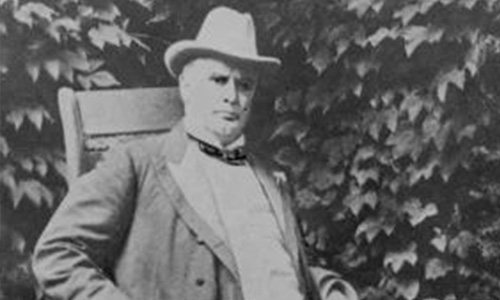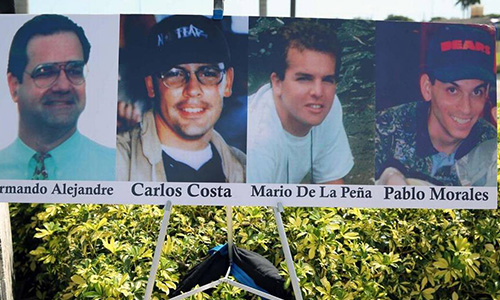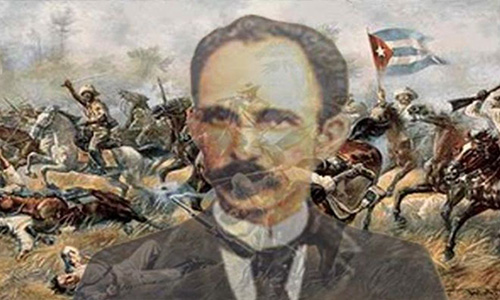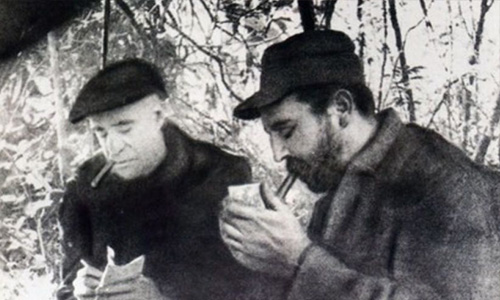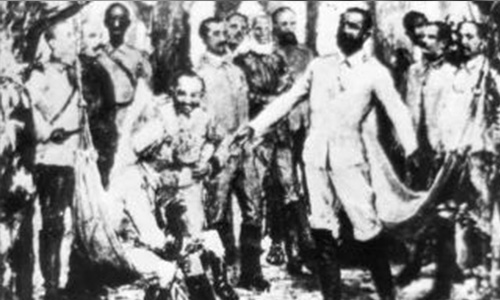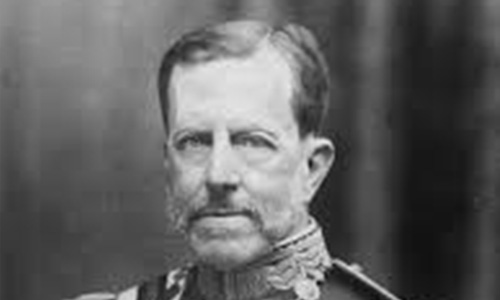In Washington for Cuba Seminar
Cuban Studies Institute in Washington for Cuba Seminar The International Republican Institute hosted a seminar on Cuba organized by the Cuban Studies Institute for current and former U.S. officials at the IRI headquarters in D.C. on April 26, 2018. The morning seminar focused on the succession taking place in Cuba and implications for U.S. […]
In Washington for Cuba Seminar Leer más »


